Last Chance to Catch NYC's Holiday Notalgia Train
We met the voices of the NYC subway on our nostalgia ride this weekend!


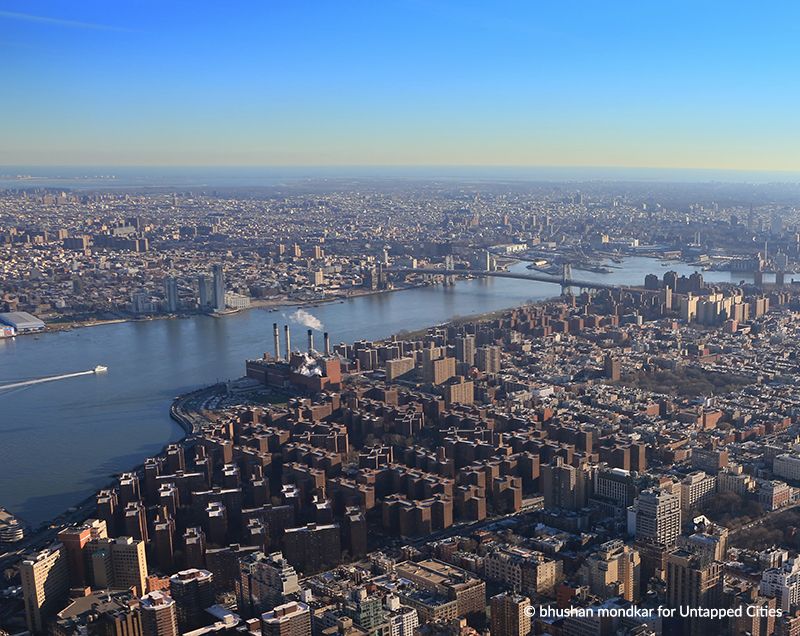
Sprawling grassy spaces dotted with trees, winding footpaths, and spaces reserved specifically for sports play are not what one thinks of when reminiscing about Manhattan. However, Stuyvesant Town, a housing development situated between East 14th St. and East 20th St. along the East River is home to each of those urban abnormalities. Colloquially referred to as StuyTown, this countryside within the city houses more than 58,000 residents in 110 red brick apartment buildings surrounding the neighborhood’s oasis: the Stuyvesant Oval Fountain. In the summer, the fountain is flanked on all sides by StuyTown residents sunbathing or enjoying a picnic on the grass. Their lives lie in the nearly identical buildings that rise in their periphery vision and the bustling city that seems so distant from within the quiet neighborhood. Here are our top 10 secrets of Stuyvesant Town:
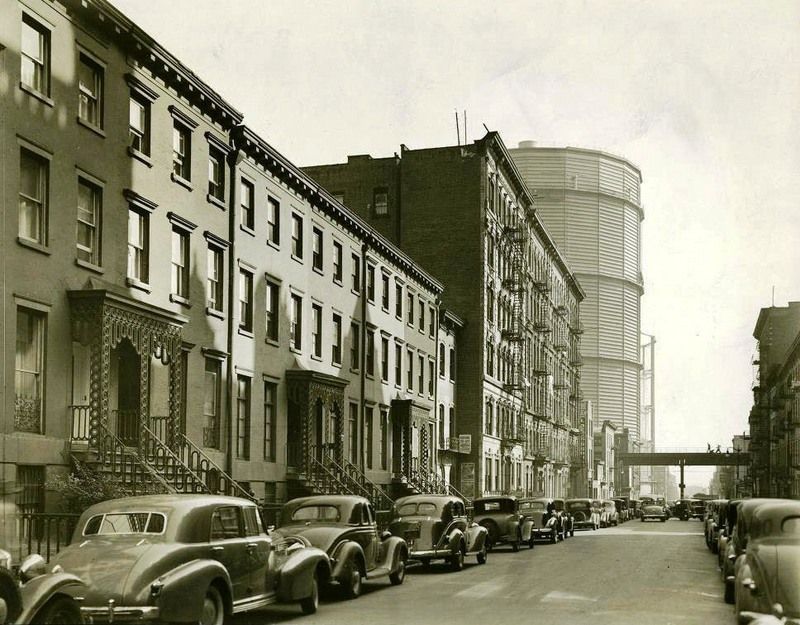
Two large gas tanks stood in the neighborhood that is now StuyTown from the late 19th century to the early 20th century. They dominated the streets enough for the neighborhood to earn a nickname: the Gas House District. Residents of this district included Irish, German, Eastern European, Italian, and Armenian immigrants who frequently suffered from the smells and dangers of gas leaks.
After one gas tank collapsed in 1898, the other survived despite its partner killing three Gas House District residents during its demise. However, by the 1930s, the City of New York dismantled the second gas tank, opening the door for change in the neighborhood. More than 11,000 Gas House District residents lost their homes due to the construction of StuyTown. When StuyTown was completed, few of the Gas House District’s residents could afford to live in their old neighborhood because of increased rent prices compared to their destroyed tenements.
With 22 acres of unobstructed roof space, StuyTown is an ideal base for a solar panel farm. After renewable energy developer Onyx Renewable Partners installed 9,671 solar panels on the roofs of the housing development, the complex could produce 6 percent of the total energy consumed by StuyTown residents via solar power. This project doubled the solar capacity of Manhattan.
Before Project Solar, StuyTown dedicated itself to decreasing its greenhouse gas emissions through sustainability initiatives across the development. Now, the solar panels, produce enough energy to power 1,035 typical apartments in New York City a year. Residents are even unable to see the solar panels from the ground due to a 5-degree tilt of the panel.
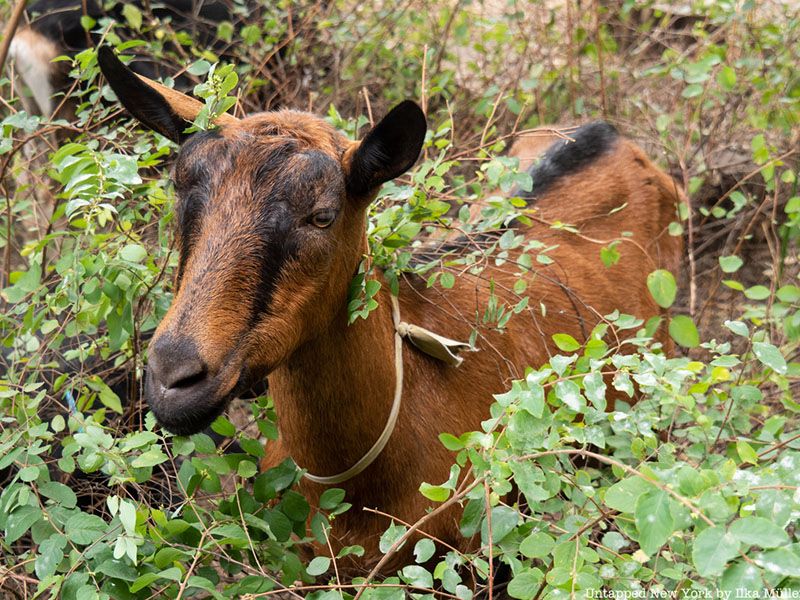
Stuyvesant Cove Park became a community-oriented green space at the end of the 20th century when New York City developers failed to create a Riverwalk that would destroy the park. Now, the park, which sits next to the new Stuyvesant Town ferry station that opened in 2018, is home to more than 100 plant and animal species. Native birds, including Gray Catbirds, Double-Crested Cormorants, and Red-Tailed Hawks have been spotted from the park. For a brief period of time, goats were also residents of the park.
Throughout the COVID-19 pandemic, the natural equilibrium of vegetative growth maintained by the park’s volunteers was disrupted. The park manager called in the Green Goats of Rhinebeck, a group of goats who eat invasive plants and poop them out as fertilizer, to re-establish the equilibrium. These goats have eliminated invasive plants in hundreds of city, state, and national parks in the Northeast since the inception of their group in 2007.
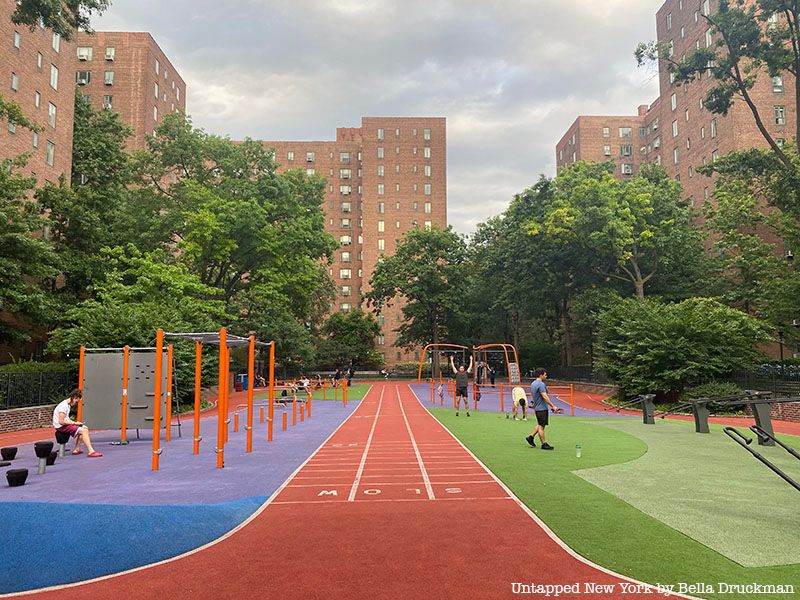
Although the Metropolitan Life Insurance Company owned Stuyvesant Town for more than half a century, they sold the housing development to real estate company Tishman Speyer and investment company BlackRock in 2006 for $5.4 billion. This was one of the most expensive real estate deals that took ever place in New York City. The companies planned to increase rents once they owned the property, but they eventually faulted on their loans, forcing the property to switch owners again. CW Capital then owned the property until 2015.
Currently, property management company Ivanhoé Cambridge and investment banking company Blackstone own the development. Ivanhoé Cambridge and Blackstone bought StuyTown for $5.45 billion, a $50 million increase from the price Tishman Speyer and BlackRock bought the housing development for. Though all of the units in StuyTown are rent-stabilized because of the era in which they were built, this has been a point of contention between tenants and recent complex owners.
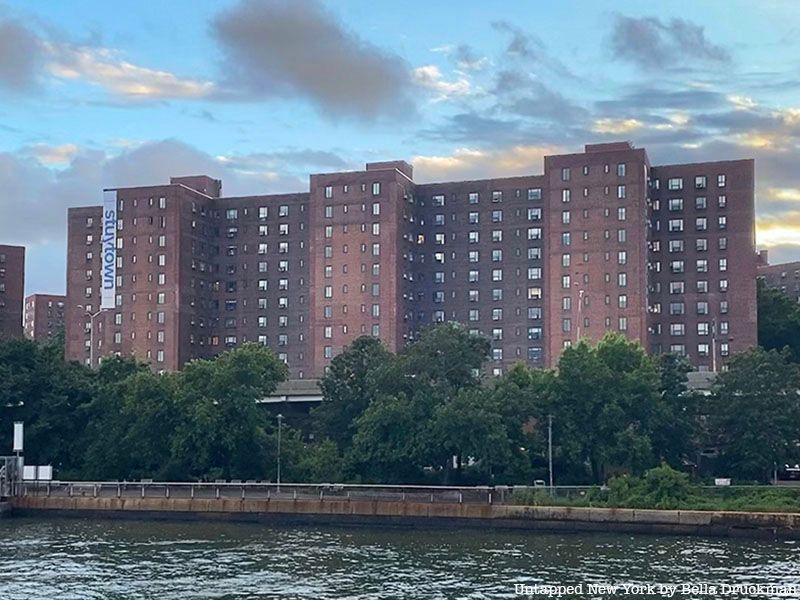
When Stuyvesant Town first rented apartments, only white tenants were allowed. In 1947, The Metropolitan Life Insurance Company opened the Riverton Houses in Harlem to act as a housing option for the Black residents who were not allowed to live in StuyTown. However, many residents still felt this arrangement was unfair. The only method they found for protesting the policy was subletting their apartments to Black New Yorkers. In doing so, these residents broke multiple rules because subletting was also not allowed. Eventually, more residents banded together to form the Tenants’ Committee to End Discrimination in Stuyvesant Town. The committee protested for nine years.
At the end of the fight, the Metropolitan Life Insurance Company allowed three Black families to move into the complex. Some of the white families who had fought alongside them were told to move out of Stuyvesant Town. By the end of the 1960s, the Civil Rights Act of 1968 made it illegal to discriminate in the housing realm based on race, religion, national origin, and sex, making StuyTown’s initial policy illegal.

When the Metropolitan Life Insurance Company began construction of Stuyvesant Town in 1945, it had a grand vision for the soldiers returning from World War II: a nature-filled residential haven within the city of New York. Beginning in 1942, the insurance company worked with controversial politician Robert Moses to plan the housing development that would cost $50 million. By the time Metropolitan Life completed neighborhood construction, 11,250 new apartments were available for fresh veterans.
Although most of StuyTown’s current residents are now white-collar workers, StuyTown and its neighboring housing development, Peter Cooper Village, share the Veterans Memorial Plaza that pays tribute to veterans of all time. An aluminum tree sculpture sits at the center of the plaza, honoring the branches of the United States military with its five branches.
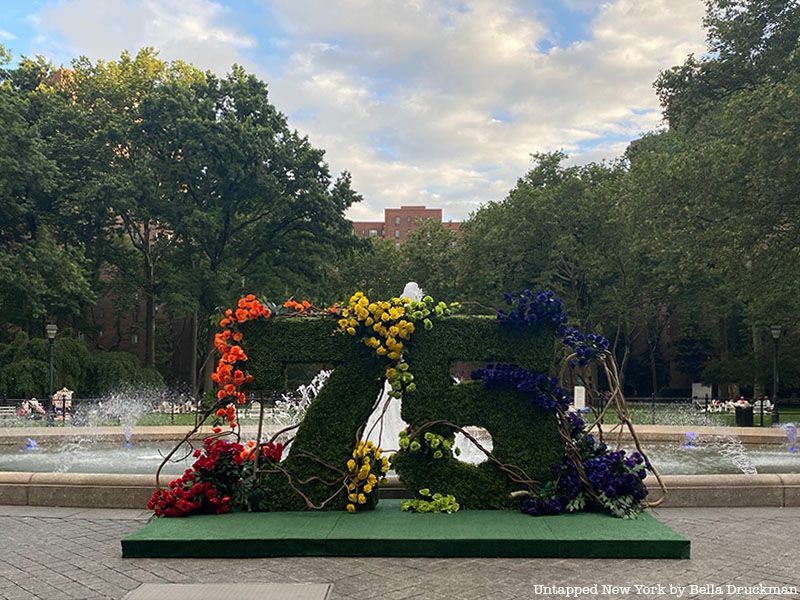
Meeting StuyTown at 20th Street, Peter Cooper Village extends to 23rd Street. Though the housing development is smaller than its neighbor, its apartments are larger. On average, each unit is 200 square feet larger and has 5-inch taller kitchens. When Metropolitan Life Insurance Company designed the housing complexes, these differences were intentional because of the veterans destined to live in each complex. While StuyTown was created for the soldiers, Peter Cooper Village was created for officers.
Today, rent prices remain similar between StuyTown and Peter Cooper Village. Residents of both housing developments feel as if they live in one community. Though Peter Cooper Village apartments may receive more sunlight due to their increased separation, residents of both communities can access outdoor amenities in both developments.
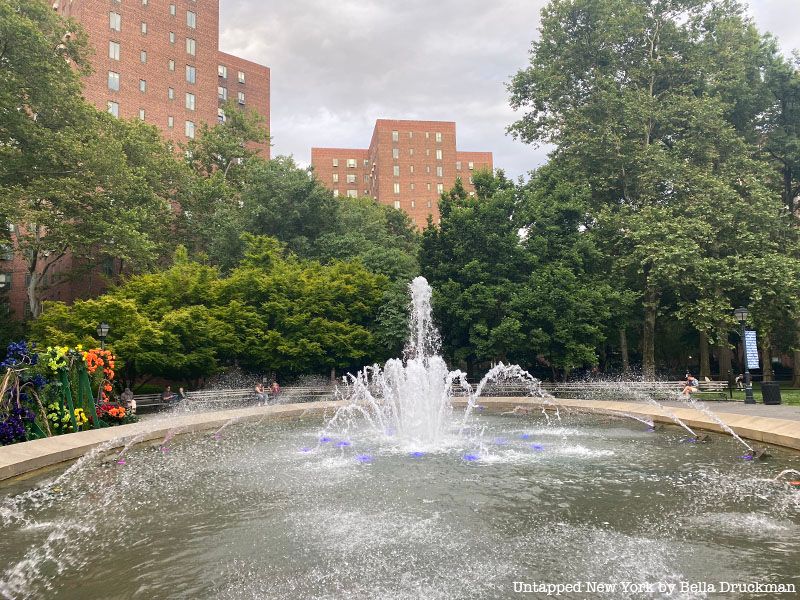
Architect Charles-Édouard Jeanneret, otherwise known as “Le Corbusier,” had a vision for urban life: a tower in the park, or high-rise apartments surrounded by greenspace. His vision has inspired many developments, including Unité d’habitation in Marseille, France and Bishan-Ang Mo Kio Park in Singapore — although not all have been successful in fulfilling their utopian ideals. Le Corbusier’s urban dream also inspired the minds behind StuyTown.
Although the development has 110 buildings, they only cover 25 percent of the property’s 80 acres. Along with more than 10 parks and fields, StuyTown has wide pathways that wind between buildings and greenspace. Manual locks and swipe access prevent non-residents from accessing the development’s amenities.
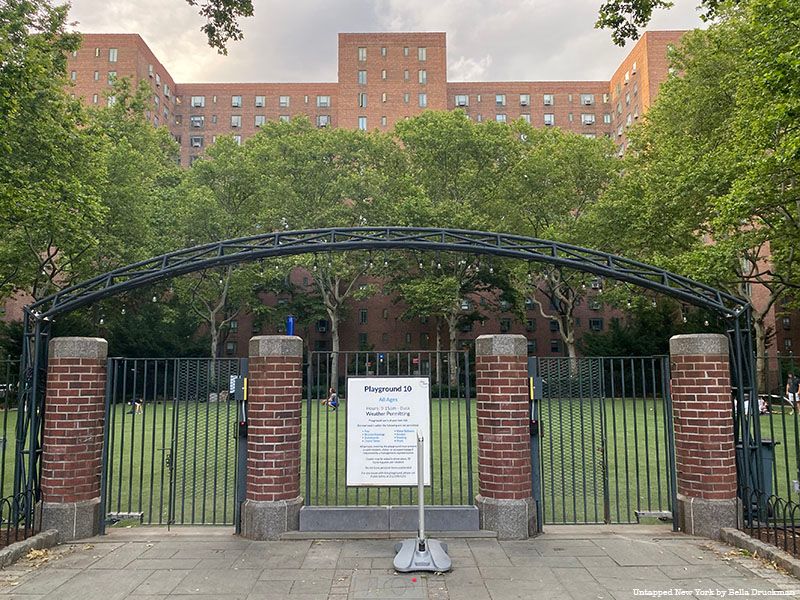
With 11,250 apartments, StuyTown could host more than 20,000 residents across its 80 acres. However, when the first completed building opened, around 100,000 applicants wanted to live in this newly minted neighborhood. Though thousands had lived in the neighborhood before the construction of StuyTown, few of the previous residents could afford to live in the development that had taken over their tenements. Even for those residents who were veterans and therefore received priority in the application, rent prices would remain a difficulty.
As a result of rent prices and veteran priority in the application process, the first residents to move into the housing development were two soldiers and their families. An apartment within StuyTown’s red brick buildings became theirs on August 1, 1947.
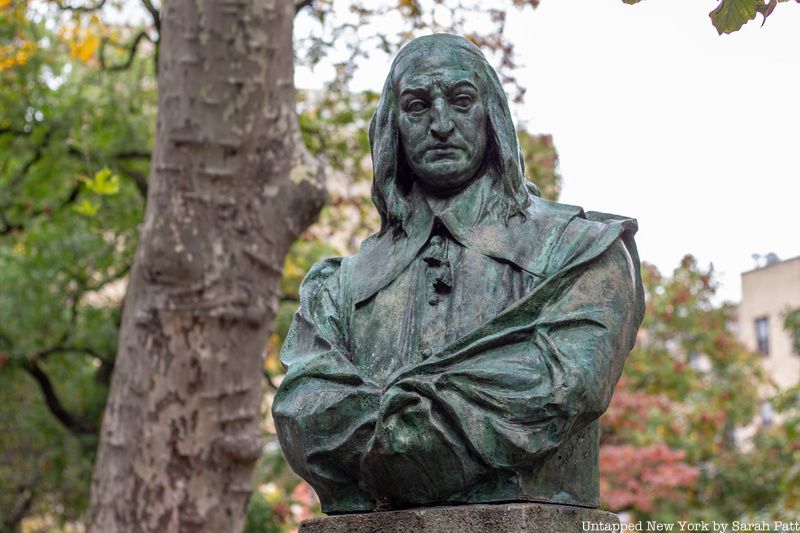
Peter Stuyvesant, one of the most well-known Dutch colonial officers of the 17th century, lived on the “Great Bowery” in what now is StuyTown from 1644 to 1672. Though the farm was grand, encompassing 62 acres, it was the result of the Dutch surrender to Britain. When Britain took over New Netherland, they promised Stuyvesant could own land in what they would refer to as New York City. Though he had ruled his Dutch Colony with an iron fist, Stuyvesant settled on his new property where he later died. The farm burned down in 1777.
Stuyvesant’s contributions to New York, which included expanding Manhattan past the island’s southernmost tip and making brief peace with nearby Native American Tribes, among others, clearly did not go unnoticed. However, the Dutch leader is also remembered for perpetuating racism, religious intolerance, and slavery. As this history has surfaced, some residents of New York have sought to remove his name from various places throughout New York City. In addition to his namesake housing development, Bedford-Stuyvesant in Brooklyn, Stuyvesant High School, Stuyvesant Street, and Stuyvesant Square are all named after the Dutch officer.
Next, check out the top 10 secrets of the East Village!
Subscribe to our newsletter